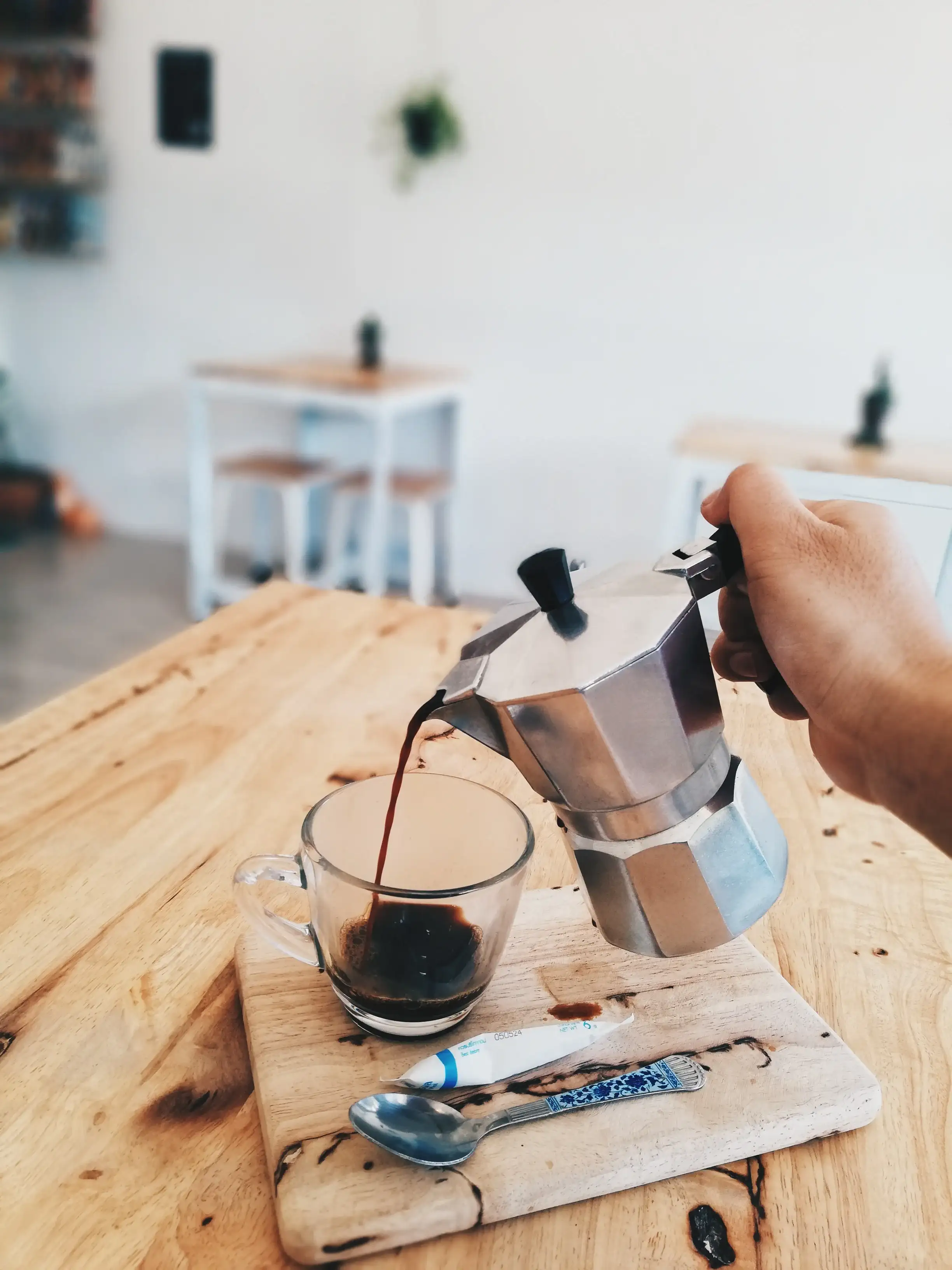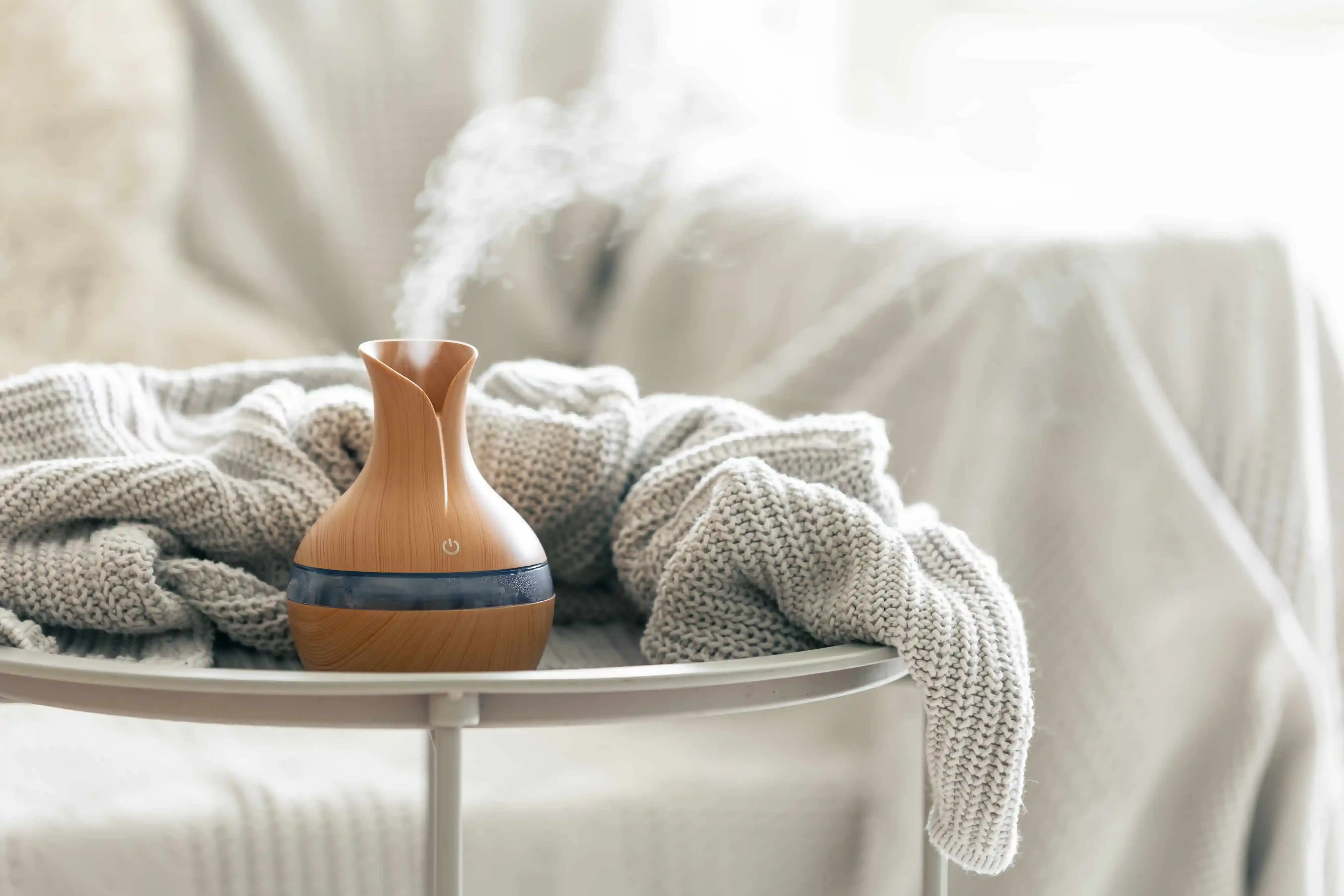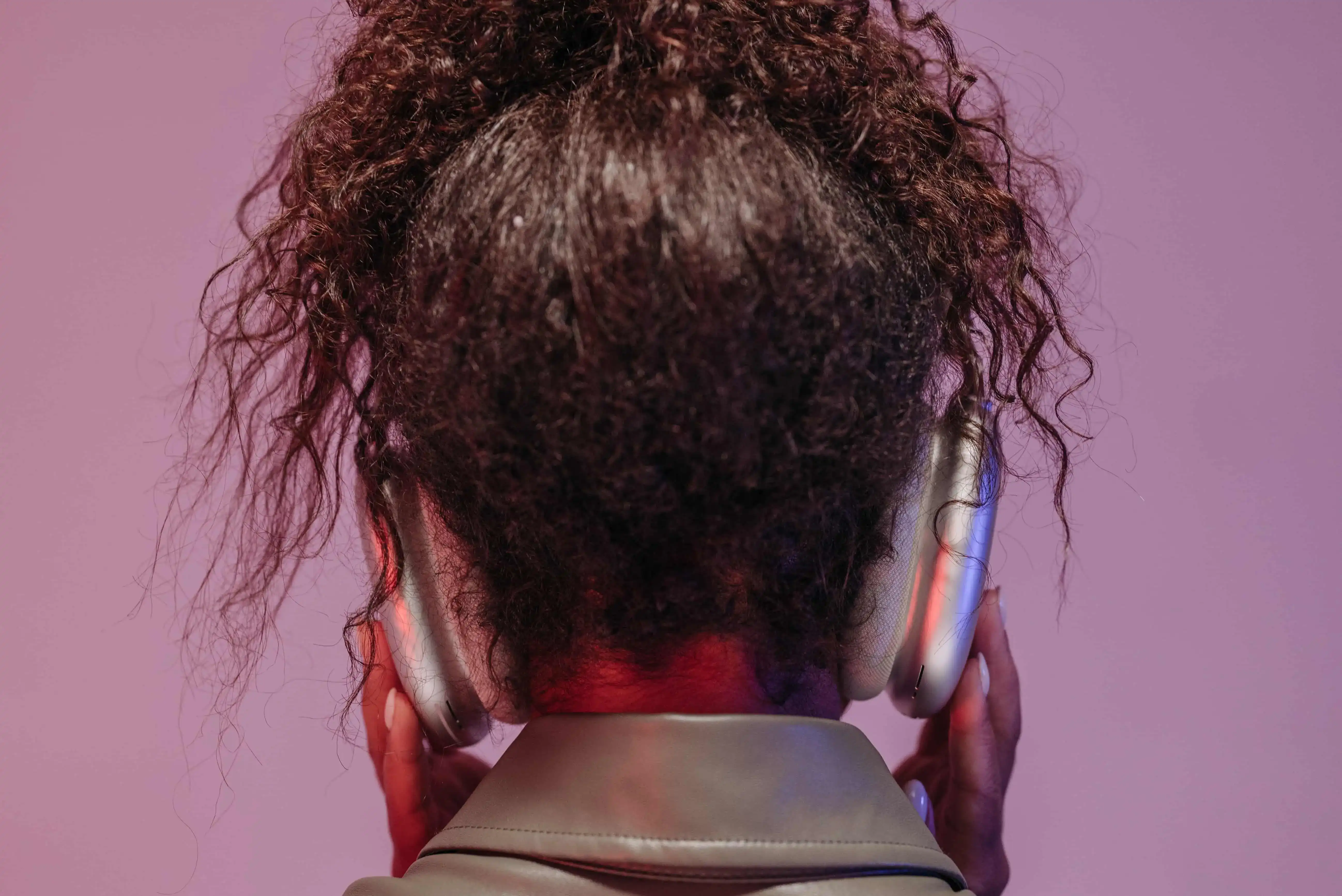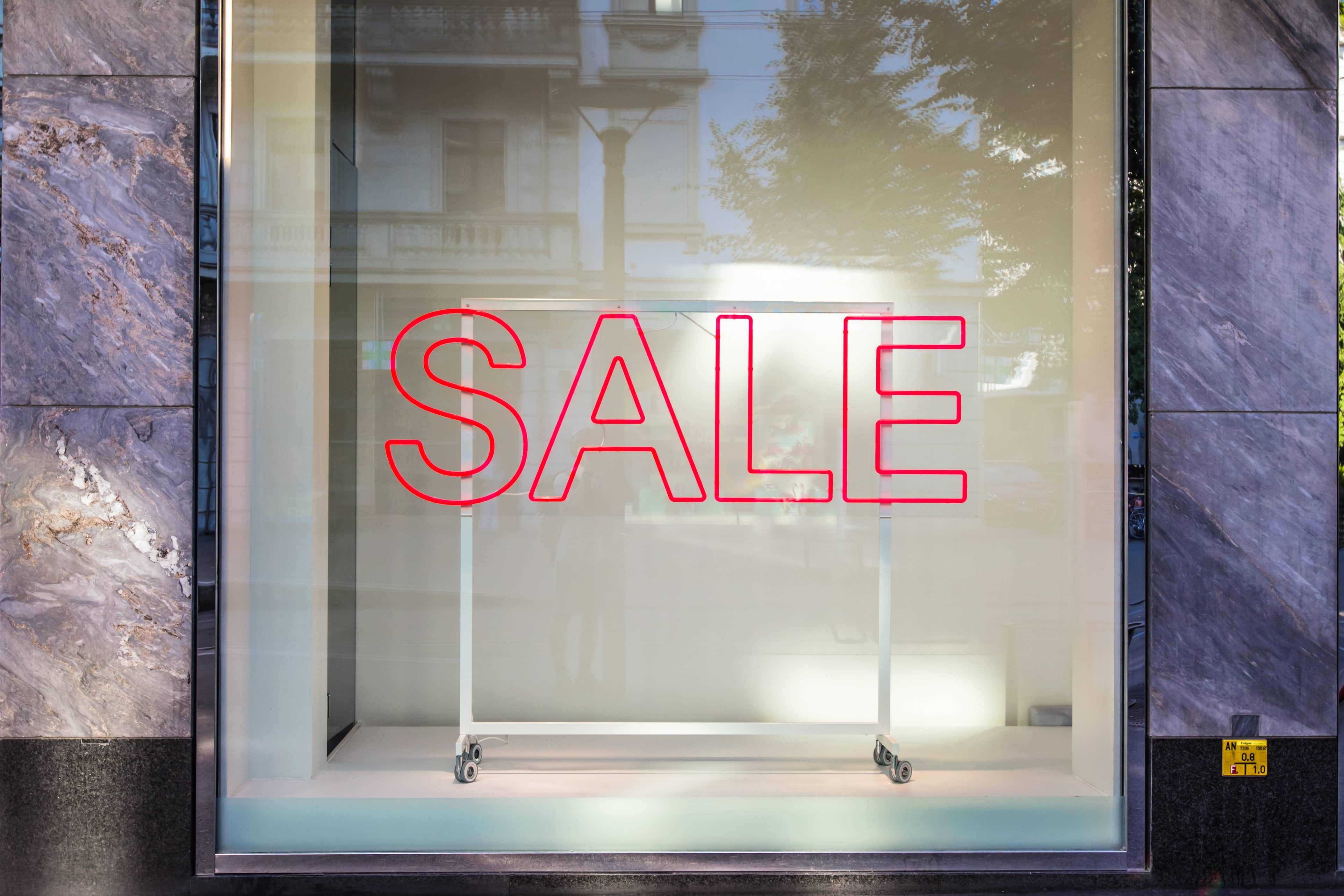Best Manual Coffee Brewing Methods
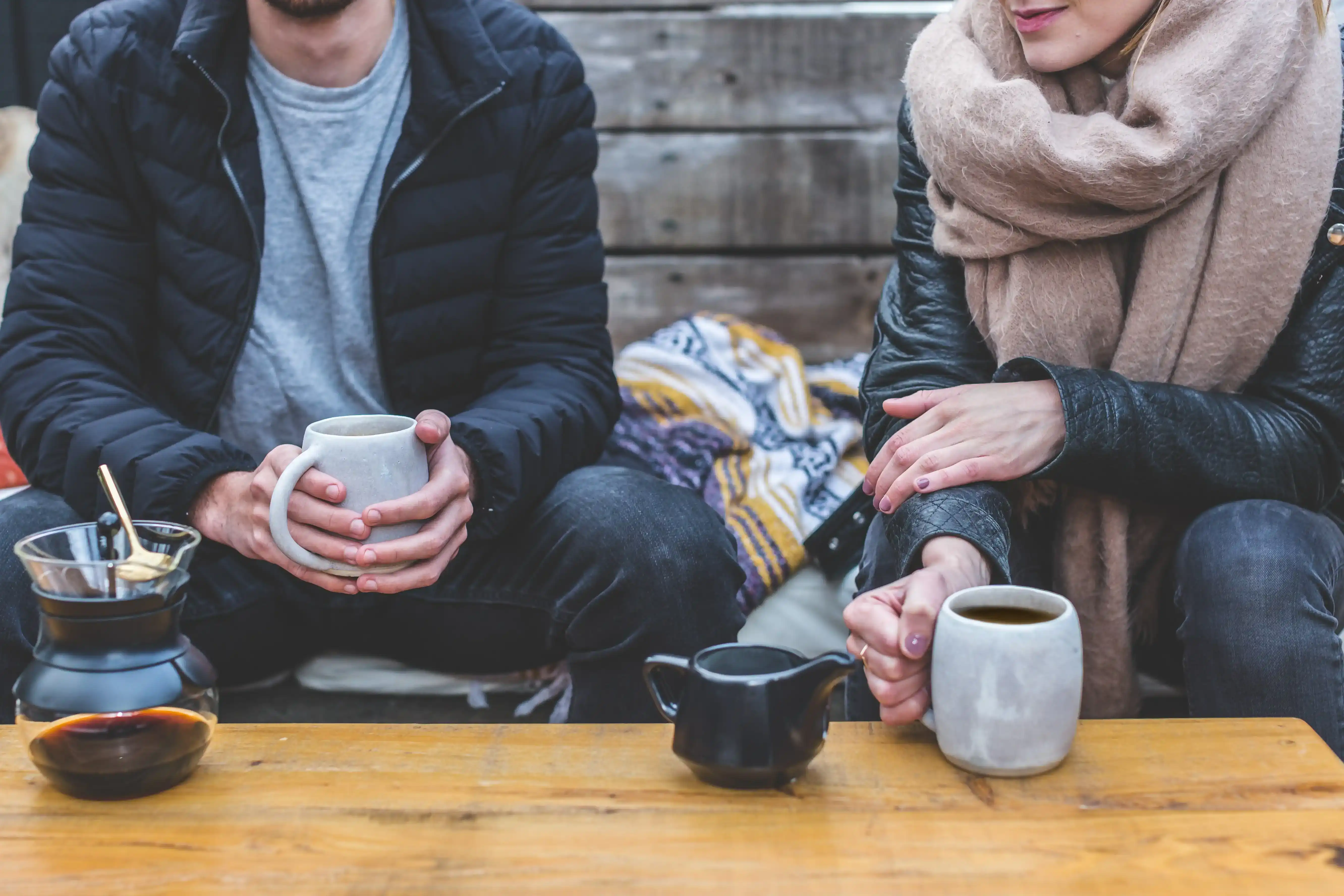
A little Background and What’s It All About
When people are talking about coffee, they imagine those fancy lattes, mochas, and flat-whites. Yes, these modern adjustments to traditional coffee recipes are fine but this bean has quite a history. Although there is no specific evidence, the majority of facts lead to Ethiopia as the origin place of coffee. After local monks tried to make a drink with those berries, they were surprised to find out how refreshing and energy-fulfilling it was. This gossip reached Arabs, who basically launched coffee’s worldwide trade.
As it is possible to see, coffee itself has quite a history and many countries that are now known for their caffeine-consuming habits have evolved their own coffee brewing methods. Furthermore, some “explorers” gave their own spin thus producing even more methods that can be considered as alternative coffee brewing. This article will tell you about the best manual coffee brewing methods out there.
Coffee Brewing Methods
French Press
Let’s start with one of the most popular coffee brewing methods among enthusiasts - French Press. Basically, a French Press is a cylinder-shaped pot with a plunger. Its piston is made specifically to let the liquid flow while preventing ground coffee grounds from getting through. A simple construction yet highly effective.
When it comes to French Press, it is on the list of the best way to make coffee at home due to its simplicity and the results you get because a coffee that’s brewed this way is gentle and tasty. So, let’s get into the technical things and explore how to make some tasty French Press coffee.
First of all, grind your beans to a coarse state. Usually, this results in a gentle scent and taste. If you want your coffee to be more flavored and stronger, grind until it is fine. When it comes to quantity, there’s no real rule about a minimum amount that you need but there is a maximum. The math for a balanced taste is pretty simple for coffee brewing methods like French Press - 60 to 70 grams of coffee per liter of water.
The next step is to pour the water. With French Press, it’s perfectly okay to pour water right after it boils. However, keep in mind that if you’re using double-walled press, it’s better to wait half a minute after the water is boiled. The next step is to stir your coffee, approximately after 30-50 seconds.
Finally, if your coffee was ground to be coarse, cover the lid and give it about 6 to 8 minutes to brew. This may sound like a lot, but you will be able to get the most flavor out of beans. If your coffee is grained to a fine state, 3 to 4 minutes may be enough. All-in-all, it’s about experimenting and finding out your personal favorite - the magic of French Press!
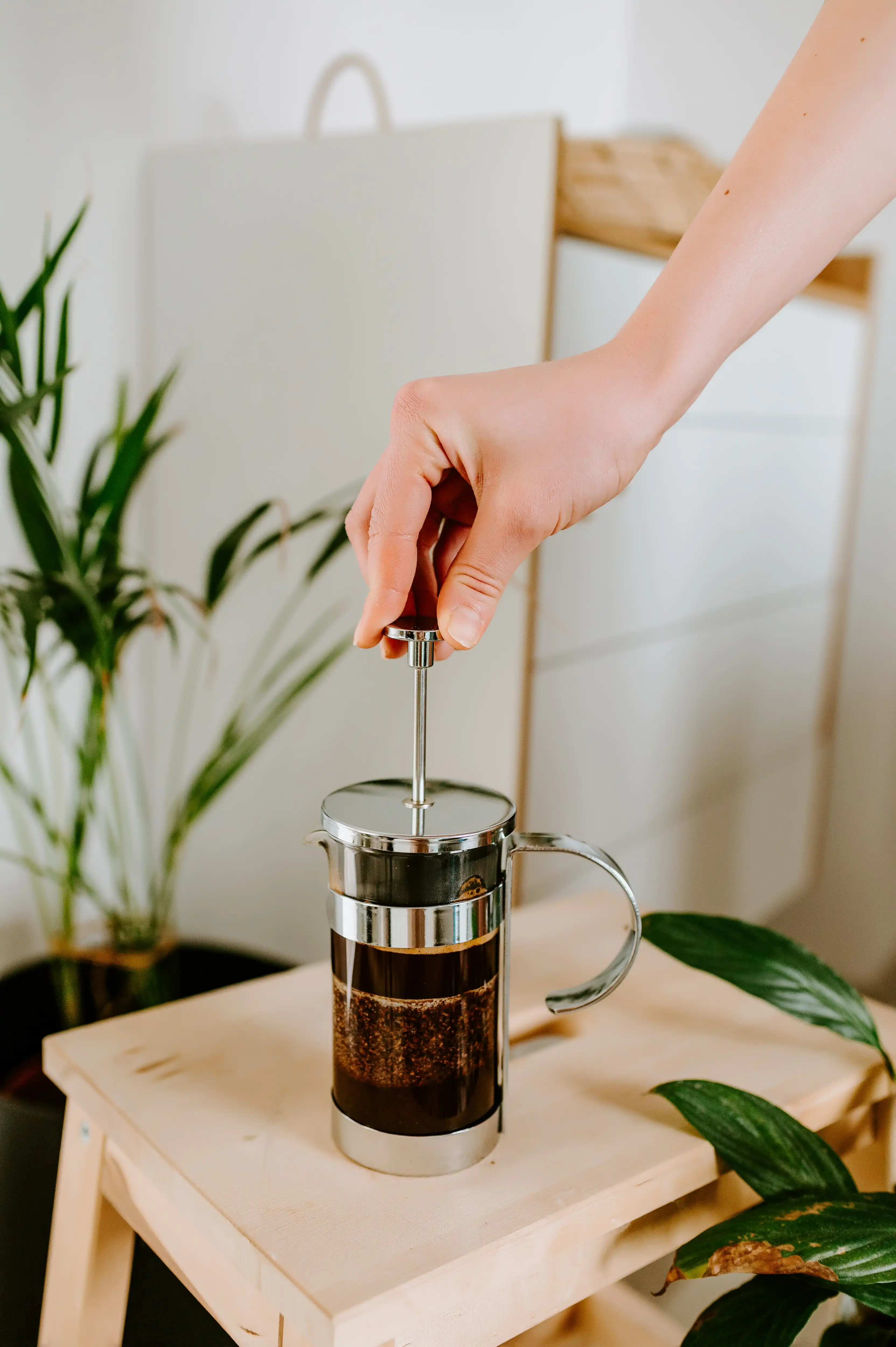
Filter
This method is considered to be pretty high on the list of best way to make coffee at home. It is quite a simple method that was created in Germany back in the 20th century. It is also probably the most used coffee brewing method in the United States and some parts of Europe.
The method itself is fairly simple to understand as it’s all about percolation with gravity filtration. Sounds complicated but it’s not. So, using a filter is basically slowly pouring hot water on a filter that is filled with ground coffee. Ground coffee stays inside a filter while the brew is left in a cup or pot - simple as that.
However, this method has some bad reputation as some people consider it to produce basically dirty water. This assumption is quite wrong as there is some science behind a well-prepared filter coffee. To be more specific, it comes down to grinding, dosage, and sleeping time.
- When grinding, try to stick to medium because coarser grounds are able to slow down the water flow thus giving it the end product a fuller taste and aroma;
- As for the dosage, the rule is similar to the French Press - about 60 grams of coffee per liter of water. If you’re considering per-cup dosage, it’s around 8 grams per 125 ml;
- Sleeping time is 6 to 8 minutes.
All-in-all, filter-prepared coffee leaves some of the essence in a filter while providing caffeine-rich experience. So, it is advised to drink it in a large mug to get the most enjoyment.
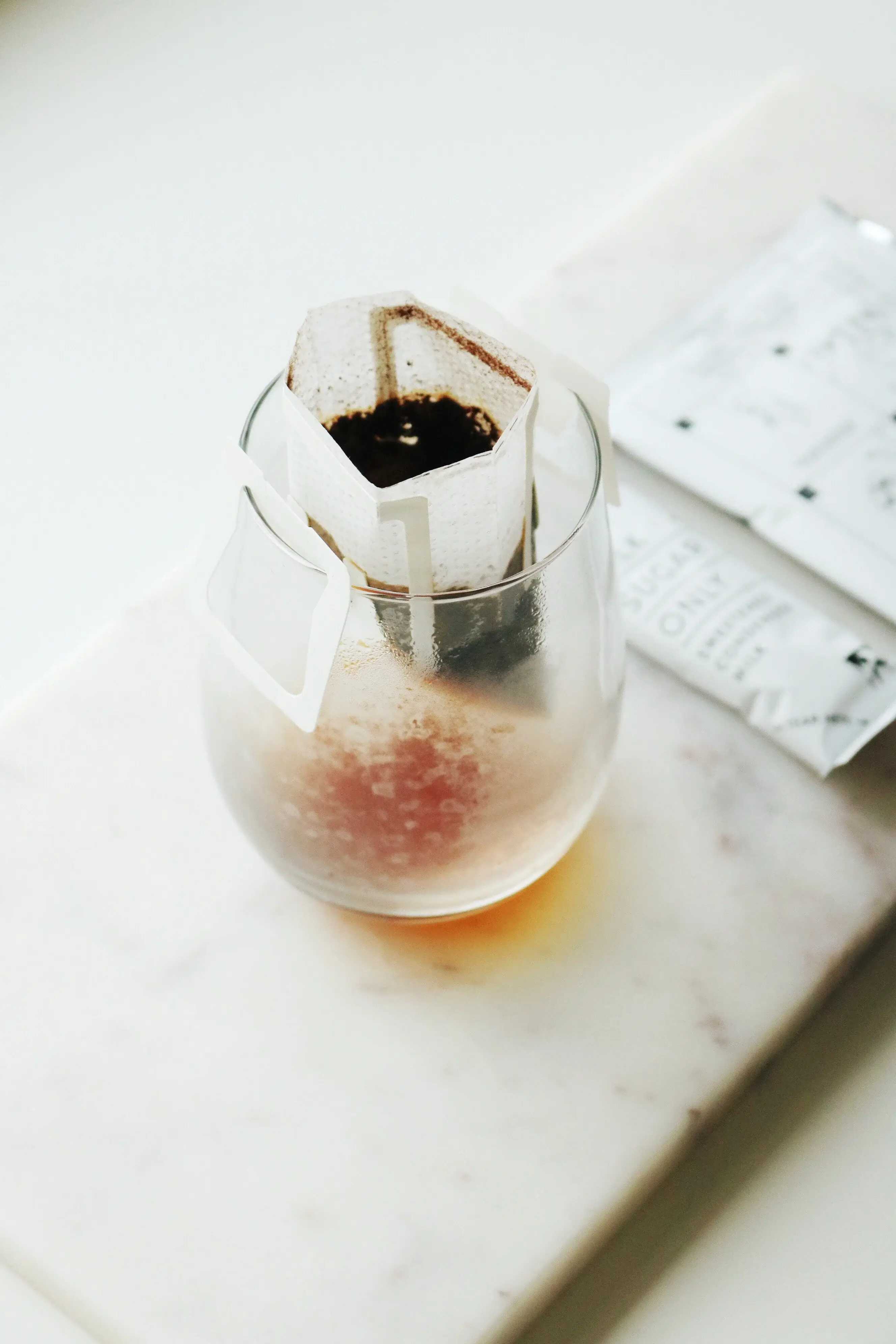
AeroPress
This is one of the alternative coffee brewing methods that are on this list. This particular technology is curious for those who prefer traditional coffee-brewing methods because of how it works! Let’s take a look at the Standard method of brewing that is a child of AeroPress creator - Alan Adler.
First of all, it is required to put your AeroPress on the top of a cup and insert filter cap and paper filter. The next step is obvious - pour in grounded coffee and follow it by boiled water. The final step is to press the plunger that forces water to go through the AeroPress and into a cup thus resulting in some great coffee.
Funny enough, this alternative coffee brewing method gave birth to its own alternative! Inverted method is what it sounds like. Basically, you put the AeroPress upside down, pour in ground coffee and boiled water. Sounds like the same thing but inverted? Well, yes but actually no. Barista decides for how long ground coffee stays in water. The longer - the richer flavor. After staying for as much as a person wants, AeroPress is used as the standard method suggests.
As it is possible to see, AeroPress is quite an interesting entry on the list of coffee brewing methods. However, it has quite some use as passionate people have developed hundreds of recipes that are worth checking out as they open a whole world of interesting coffee variations.
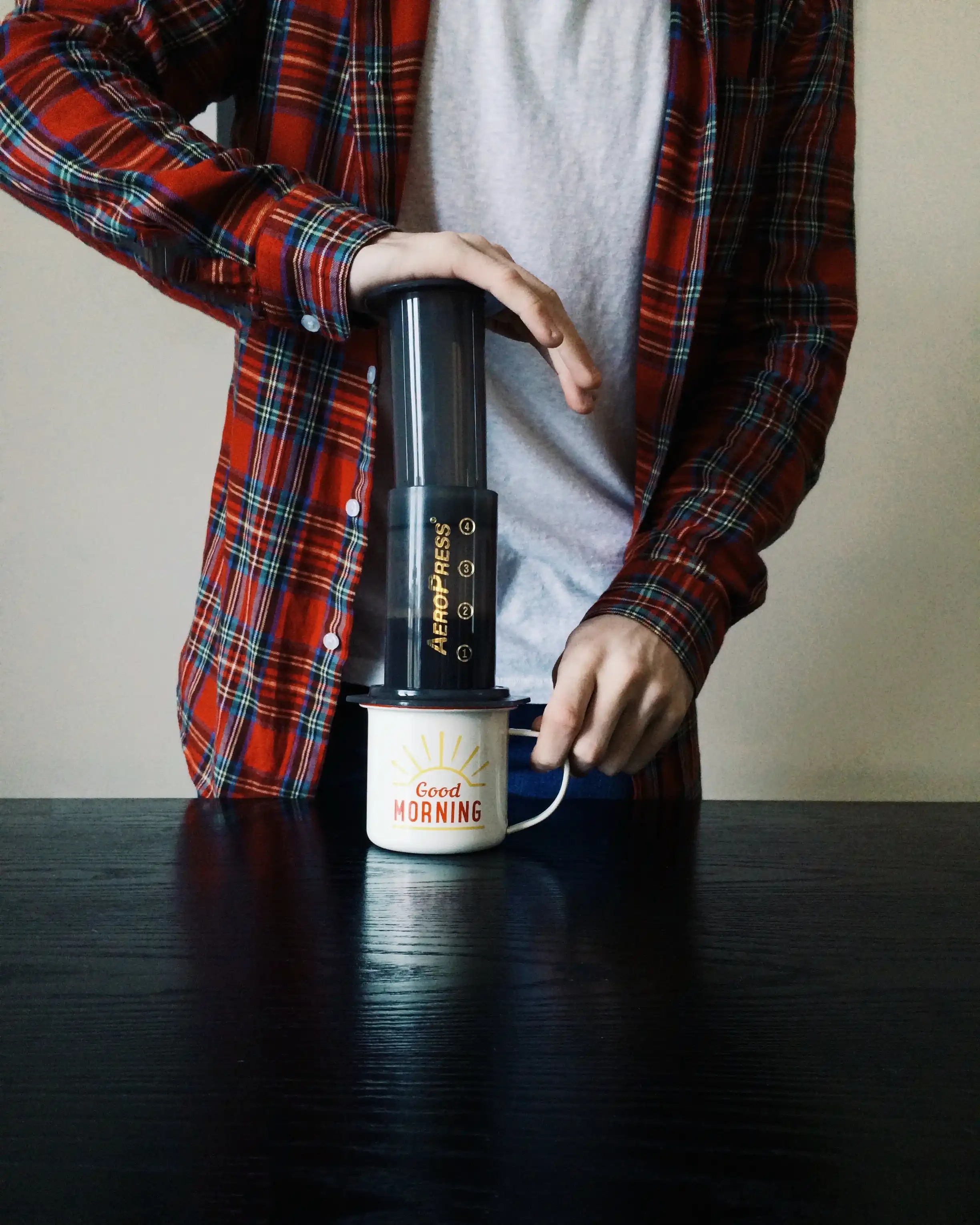
Pour Over (V60)
Yet another alternative coffee brewing method in our list. Drip brewing, also known as pouring over or V60, is known as a single-cup method that is used by professionals all around the world. This method is quite similar to the filter one; however, it has some peculiarities that should be mentioned.
First of all, you’ll need a V60 dripper funnel. The second thing is to prepare approximately 15 grams of ground coffee per 250 ml cup. A filter and a cup are no-brainers here. With all these ingredients present, it is possible to prepare coffee using the V60 method.
So, a paper filter should be folded to fit in the V60 that has to rest atop of your cup. Rinsing the filter and pouring boiling water into the cup is the next step. Next thing is to place the coffee in the cone and shake it, which is followed by 50 ml of water to cover the ground coffee.
After around 30 seconds, pour twice, 100 ml, the water, and then pour in 50 ml more after the timer passes 60 seconds. At the 90 seconds point pour 50 more ml of water. Wait for 2 to 3 minutes and your brew is done. Sounds like alchemy but it’s one of the more exciting coffee brewing methods out there.
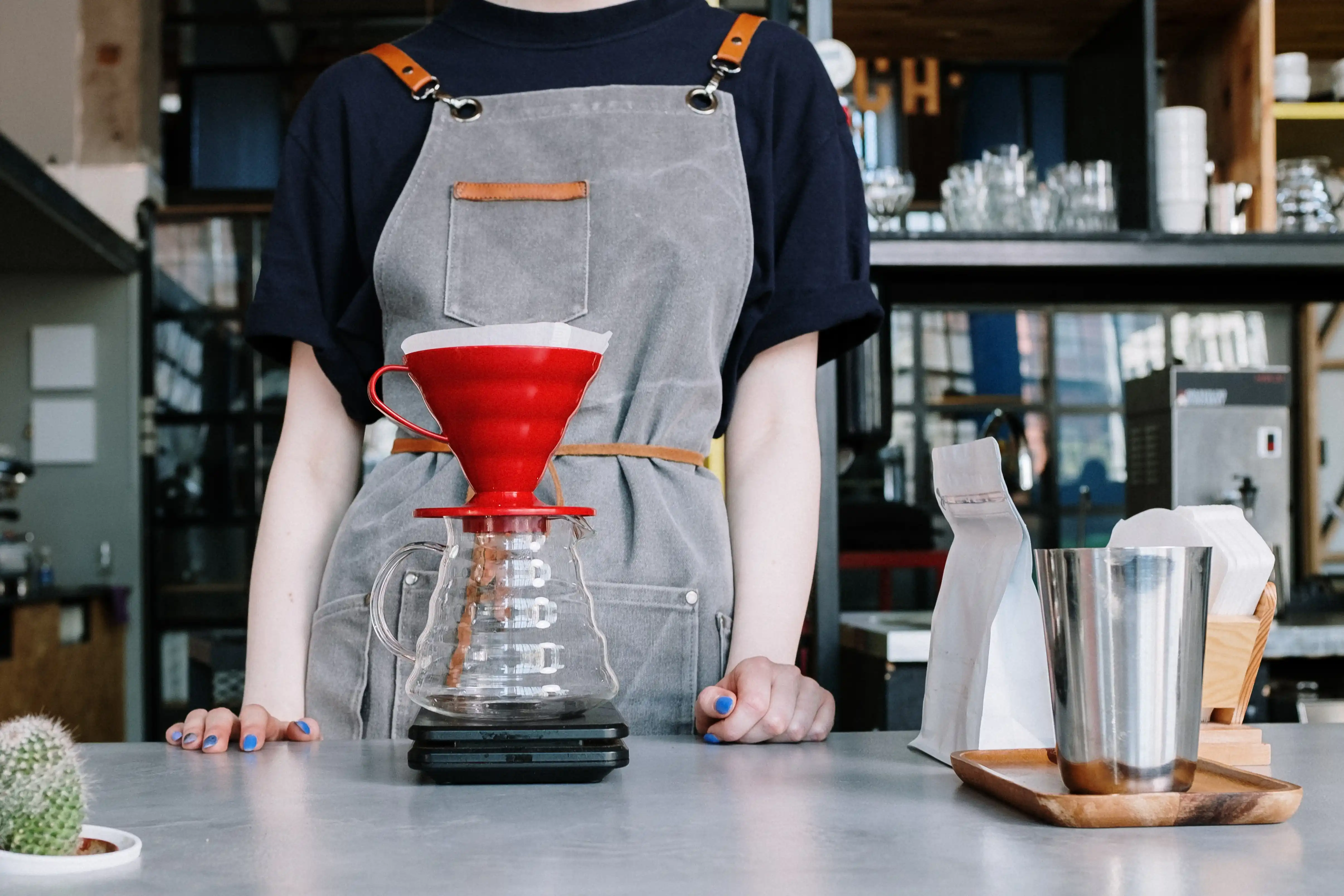
Chemex
This method was created in 1941 by Peter Schlumbohm. Although it’s quite similar to the drip method, it actually leaves more room for newbies to practice. The main things to know about this method include coarsely grained coffee beans and quality filter paper.
As for the steps, it is required to begin with unfolding a filter, placing it into Chemex, and pouring some boiling water over it so it can soak through. After this step, discard the water and pour in ground coffee beans and shake them a little.
The next step is pouring. First of all, pour twice the amount of water in comparison to the coffee. Wait for about a minute. The next step is to pour water in a circular fashion and the amount should be around 200 ml. Repeat this step again and then let the water drip till the end. Giving this coffee a 4 to 5 minute rest will reward you with a rich, flavorful, and energizing drink.
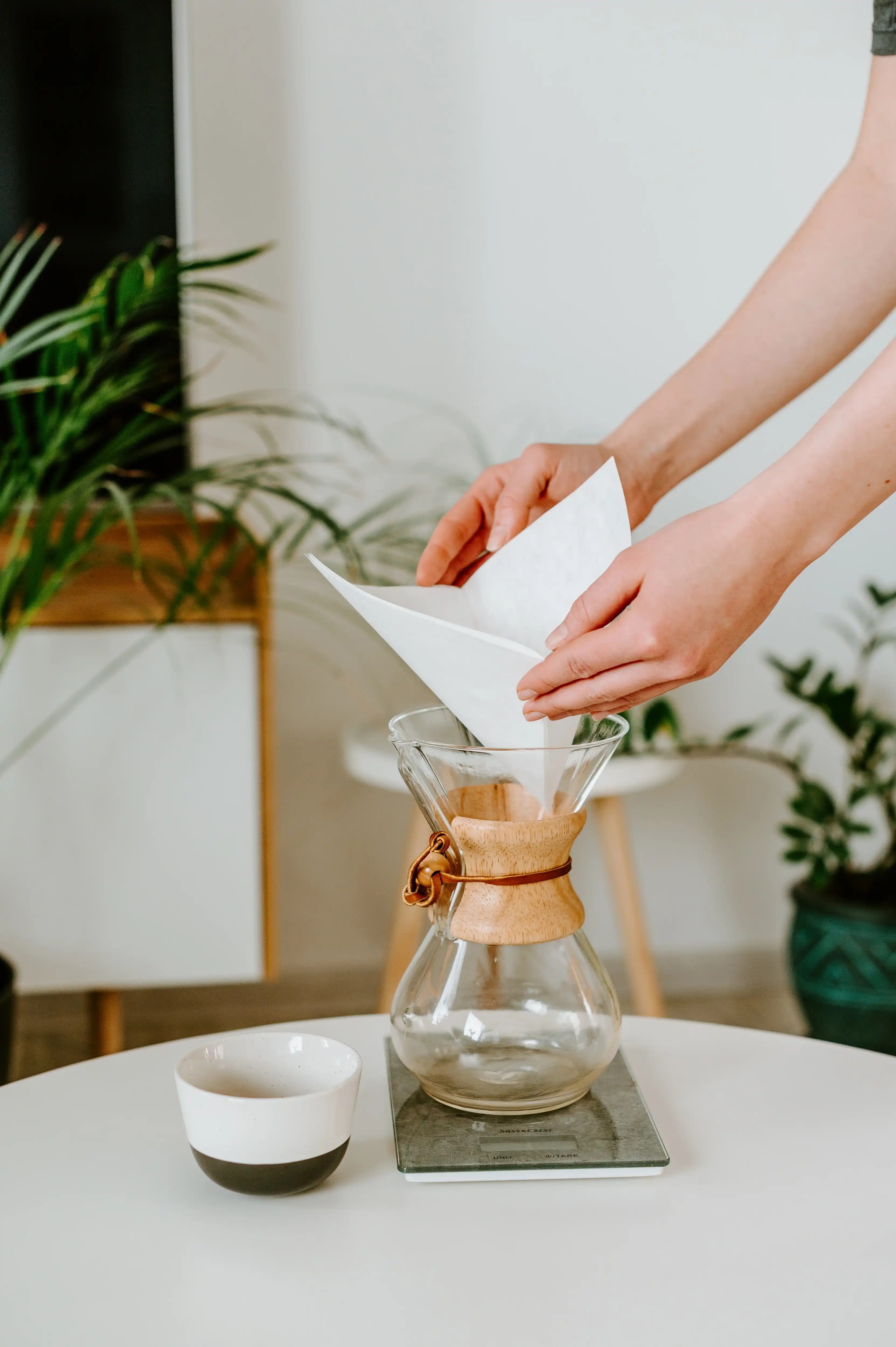
Moka Pot
Yet another alternative coffee brewing method that is on the list of the best way to make coffee at home. So, grind your coffee beans to the state of table salt The next step is to fill the bottom of the brewer with boiling water, which is followed by inserting a filter basket.
This step is followed by filling a basket with ground coffee that’s about 15 grams. After all these steps, screw the top and bottom together and put them on a stove. Eventually, this will cause some “volcano” action” so you should turn off the stove and remove the pot from it. The next step is to put the pot on a cold towel to remove any signs of metallic taste that is followed by waiting till it stops bubbling. The final step is to pour it into a cup and drink!
